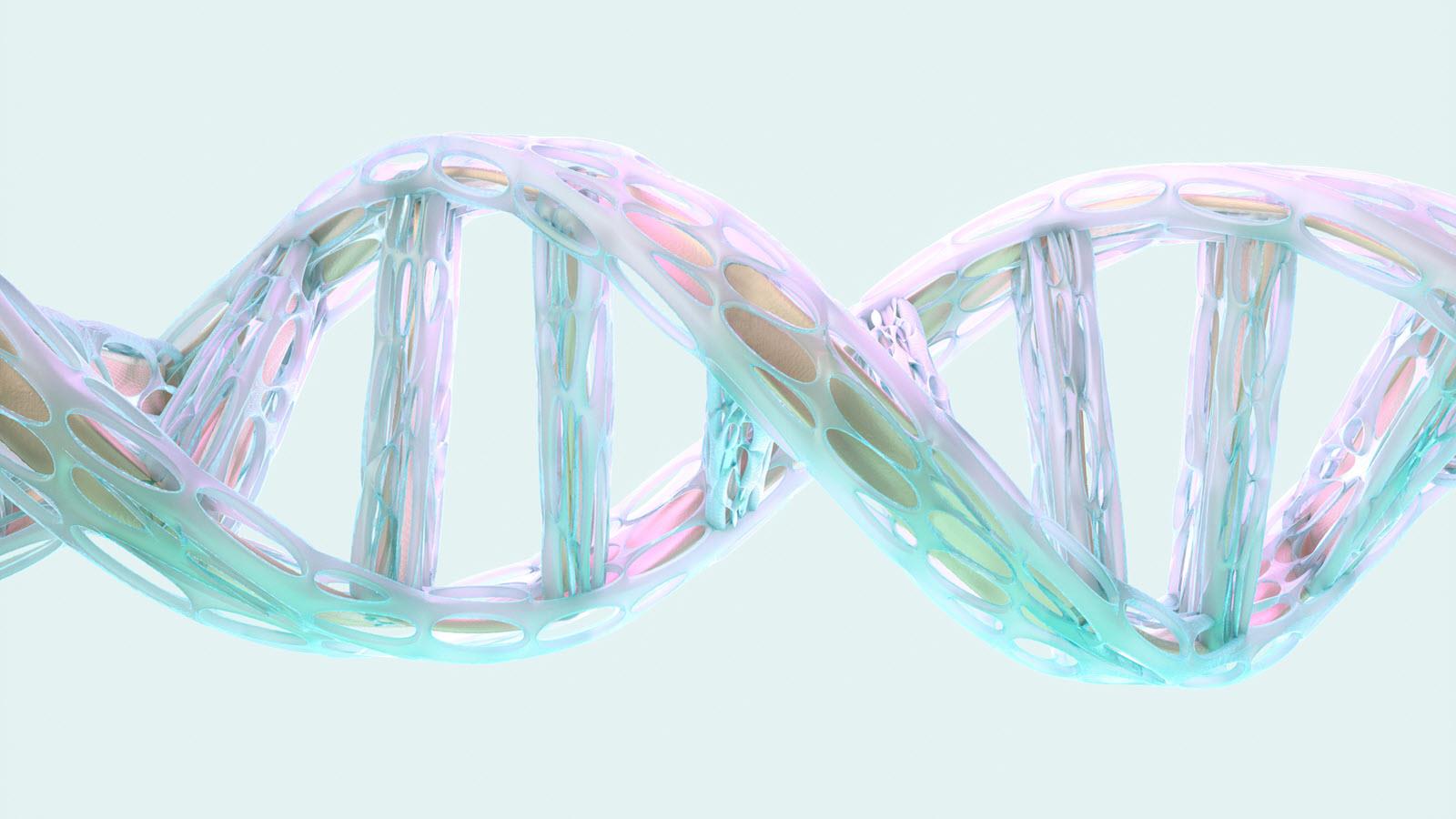A global organization aiming to improve and sustain care for people with inherited bleeding disorders.
What is Hemophilia A?
Hemophilia A is the most common type of hemophilia and is caused by deficient or dysfunctional clotting factor VIII. Although hemophilia A is usually inherited, about 30% of cases are caused by a spontaneous mutation in the person’s own genes.
Hemophilia A affects about 1 in 12,000 people and is diagnosed by taking a blood sample and measuring the level of factor activity in the blood. Hemophilia A is diagnosed by testing the level of factor VIII activity in the blood.
Hemophilia A can be mild, moderate, or severe, depending on how much clotting factor is in an affected person's blood. However, about 60% of patients have the severe form of the disorder. People with hemophilia A have prolonged bleeding after an injury, surgery, or tooth extraction. In severe cases, they may bleed once or twice a week and often the bleeding is spontaneous, which means it happens for no obvious reason. Serious complications can result from bleeding into the joints, muscles, brain, or other internal organs. In a mild case of hemophilia A, the disorder may remain unknown until after a surgery or serious injury.
Treatment for hemophilia A is very effective and with appropriate treatment and care, people with hemophilia A can live perfectly healthy lives. The main treatment is called replacement therapy, during which clotting factor VIII is infused into a vein either prophylactically (preventatively) or on-demand to prevent or treat bleeds.

Living with Severe Hemophilia
What do patients want people to understand about this rare disease?
Watch one patient's tips




